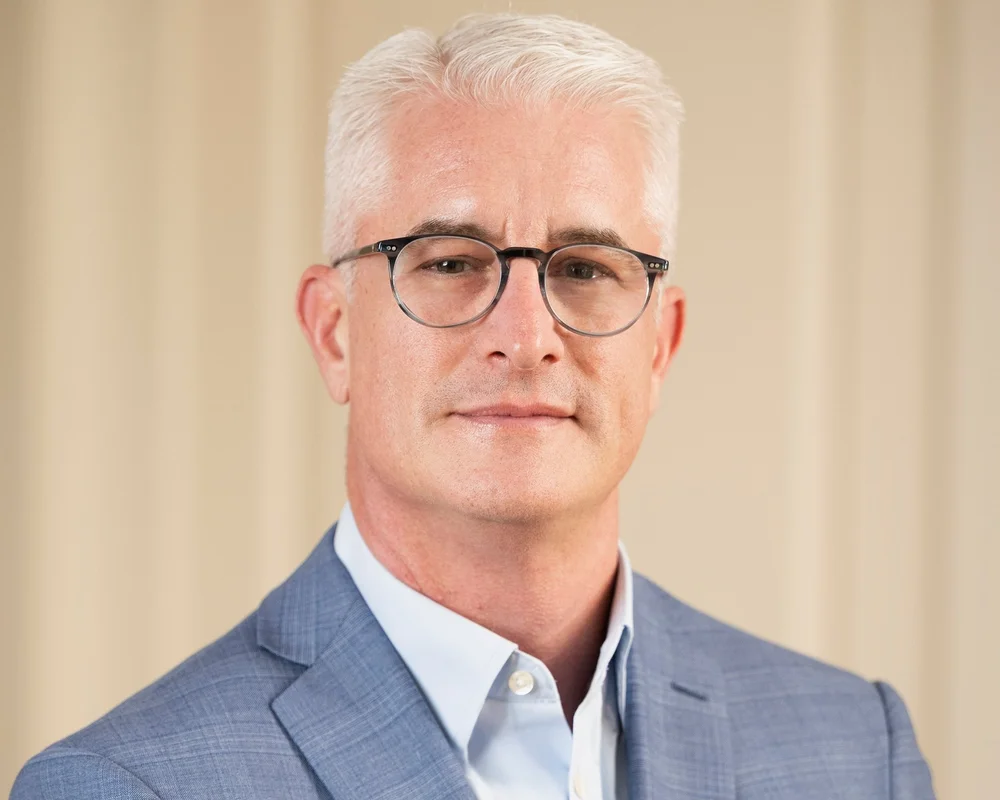 Since splitting off from nTelos in October of 2011, Lumos Networks and its Virginia, West Virginia, and Pennsylvanian fiber networks have been earning more attention from the markets. Revenues have been shifting toward higher growth data products, and margins have been rising steadily. Lately they’ve been aggressively expanding their footprint into Richmond. With us today to tell us where Lumos has come from and where it is going from here is CEO Timothy Biltz.
Since splitting off from nTelos in October of 2011, Lumos Networks and its Virginia, West Virginia, and Pennsylvanian fiber networks have been earning more attention from the markets. Revenues have been shifting toward higher growth data products, and margins have been rising steadily. Lately they’ve been aggressively expanding their footprint into Richmond. With us today to tell us where Lumos has come from and where it is going from here is CEO Timothy Biltz.
TR: What has Lumos Networks been up to since the spinoff from nTelos? Where are you focusing your efforts?
TB: We were very fortunate that prior to the spinoff, nTelos had acquired some fiber assets: Allegheny primarily in Pennsylvania and and Fibernet primarily in West Virginia. By putting those together with the fiber assets nTelos had built it gave us a nice network in these three states that had a basis of 40% of its revenues derived from fiber-based products and services. We’ve been able to drive that to almost 57% since then with an expectation to exceed 60% by the end of 2013. In essence we have been able to transform what was once a legacy ILEC/CLEC into a data business showing overall revenue growth and margin expansion.
TR: Given that Lumos has both RLEC and CLEC footprints, how does its hybrid business model derive from those two worlds?
TB: One of the first things I did with Lumos was to look at the company not as an RLEC or CLEC but as a product company. The questions I asked are: what products are selling, what products are not, what products are we making money on? And then the follow-up question was which products are on the network that we own and which are not. So we changed our view of the business from territory-driven to product-driven. We have a data business throughout both our RLEC footprint and our CLEC footprint, but we don’t really think of it in those terms.
TR: Which products are you getting the most traction on?
TB: By far Metro Ethernet is the fastest growing product for us, both at the enterprise level and the carrier fiber-to-the-cell level. We don’t divulge by-product growth rates, but our overall data growth rate is about 15% per year.
TR: Is fiber-to-the-tower the biggest piece of that growing carrier business? How aggressively are you building that out?
TB: Yes, that is a significant part of our business. We started the last year with 148 sites and ended the year with 370. Midpoint of guidance is to end this year with 575 unique towers. On an absolute dollar basis it’s still small, but it’s the fastest growing part of our business. Our publicly stated goal is to reach 1,000 fiber to the cell installations within a few years.
TR: Until the last couple of years, the rap on the fiber-to-the-tower business was that the economics didn’t work. That has clearly changed lately, what makes it so attractive to you now?
TB: I think this is related to a few reasons. First, the market learned some tough lessons early on in the fiber to the cell roll-outs and we have maintained strict parameters for our returns of capital in deployments. Second, the underlying demand trends driving fiber to the cell roll-outs continue to show great strength and the roll-out of LTE has been a great catalyst. LTE roll-outs have occurred later in our markets than in some of the more urban markets so we just now are in the midst of the sweet spot of the growth curve for fiber to the cell.
What it comes down to is how close is your network to where the customer needs it to be, and can you build an economic model that works for both you and the customer. In urban areas there was probably a lot more competition for tower sites and there were deals people didn’t like. In rural areas for winner-take-all contracts, people missed some of the costs associated with it and often had copper and T-1 lines to defend. For us it’s primarily offensive since we have only three counties where we’re the ILEC and we have been able to secure attractive returns on our capital investments.
TR: Are the the fiber assets of Allegheny, Fibernet, and nTelos fully integrated now, or do you still have more work to do?
TB: I wouldn’t say that everything is exactly how I would like, as I have pretty high standards. I would say that the integration is completed, but that we haven’t fully optimized our opportunities on those networks. I think there’s still a fair amount of upside. For example, in western Pennsylvania we have not utilized the Allegheny assets as much as we could have, and that will be a major focus for us.
TR: What expansion opportunities are you working on right now?
TB: We announced we would be expanding into Richmond in the second half of this year. Our expectation is we would be making a major expansion in western Pennsylvania in early 2014. Allegheny was primarily a longhaul network, so our team will be looking for where we can leverage our infrastructure and put assets in place where there’s a market opportunity. Since we have so much longhaul fiber there, we have the chance for some unique metro opportunities throughout western Pennsylvania.
TR: How do you go about entering a new market? Eastern Virginia is a more competitive market than your main territories to the west, did that factor into your thinking?
TB: When we think about entering a market, we base it on our customers taking us to that market. When we launched Richmond, we had 5-6 major enterprise and carrier contracts before we went there. So the networks are fully funded on launch, and we will go and leverage those assets to customers along those routes. We don’t think about the whole market, just about where our network is relative to our customers and what we can sell off that network once we’re there.
TR: When you build into a new market, how do you balance IRUs and dark fiber against building everything yourself?
TB: We do both. We don’t think there’s any value in building something that’s already been built. If there are ways to access routes that we can re-use we will IRU or dark fiber for sure. In the metro we like to own at least 80% of our fiber. In the longhaul we have no problem using IRUs.
TR: Does Lumos sell much dark fiber itself?
TB: At this point we are not in the dark fiber business unless its for an enterprise customer or carrier whose use has been restricted. Having said that, there are places we have done swaps on an equal basis. But we are not in the business of selling dark fiber to enable competitors. Others do, but it’s just not our strategy.
TR: Do you have any additional expansion plans on the drawing board?
TB: We will double our market opportunity by entering Richmond and Western Pennsylvania, so that will keep us busy for a while.
TR: How does Lumos view opportunities for inorganic expansion? Is there the potential for M&A in the future?
TB: A year ago there were some opportunities that came up but I wasn’t interested in talking about anything other than organic growth. I don’t believe you should try to run someone else’s business if you can’t run your own very well and I wasn’t pleased with the way everything was clicking here a year ago. Now, a year later I’m pleased. Growth rates are back and equity value has risen, and so we will start to look for opportunities. They will be driven by the concept of an edge-out strategy. They have to be contiguous and leverage our existing infrastructure and be complementary to it.
TR: Thank you for talking with Telecom Ramblings!
If you haven't already, please take our Reader Survey! Just 3 questions to help us better understand who is reading Telecom Ramblings so we can serve you better!
Categories: Fiber Networks · Industry Spotlight · Metro fiber






“I don’t believe you should try to run someone else’s business if you can’t run your own very well” This is obviously not Level 3’s motto.
Most everyone running Lumos now is former Level 3, why will the results be any different this time around?
A few days ago the news outlets reported that Lumos has begun a sale process. Seems like a few days later a Rambling follows, any reason this time if different?
The exact timing of spotlights is more dependent on how long it takes me to transcribe and process them than anything else. The actual conversation with Tim Biltz took place a few weeks earlier.